Minimalism has taken center stage in the realm of interior design by redefining elegance and the principles of design. Embracing a minimalistic approach doesn’t just mean decluttering; it’s a philosophy that celebrates the essence of each element and its harmonious integration into the overall space. Homes with minimal interior design are usually populated with neutral color palettes, simple furniture, limited décor, and natural elements. The lovers of minimalist homes solely believe in the ‘less is more’ aesthetic and wish to make their surroundings emit the same vibe.
This comprehensive guide below will help the followers of minimal interior design to know more about the art of designing minimal interiors, exploring principles, techniques, and creative strategies. That will help you craft spaces that are serene, sophisticated, and captivating.
Understanding Minimal in Interior Design:
Minimalism is more than just a design style; it’s a lifestyle that encourages mindfulness and intentional living. At its core, minimalism seeks to eliminate excess and focus on what truly matters. When applied to interior design, it emphasizes clean lines, functional furniture, and a neutral color palette. The goal is to create spaces that evoke a sense of calm and inspire a deeper connection to the environment.
1. Start with a Neutral Canvas:
The foundation of minimal interior design is a neutral color palette. Opt for shades of white, beige, gray, or muted tones to create a serene backdrop that allows the key design elements to shine. Neutral colors provide a timeless appeal and can be easily paired with accent pieces. Create contrast within a monochromatic color scheme by playing with light and dark shades. This can emphasize the lines and shapes of furniture and architectural elements.
2. Embrace Functional Furnishings:
Choose furniture pieces that serve a purpose beyond aesthetics. Opt for sleek, streamlined designs that prioritize functionality and versatility. Multi-purpose furniture, such as storage ottomans or foldable tables, can help maximize space while maintaining the minimalist aesthetic.
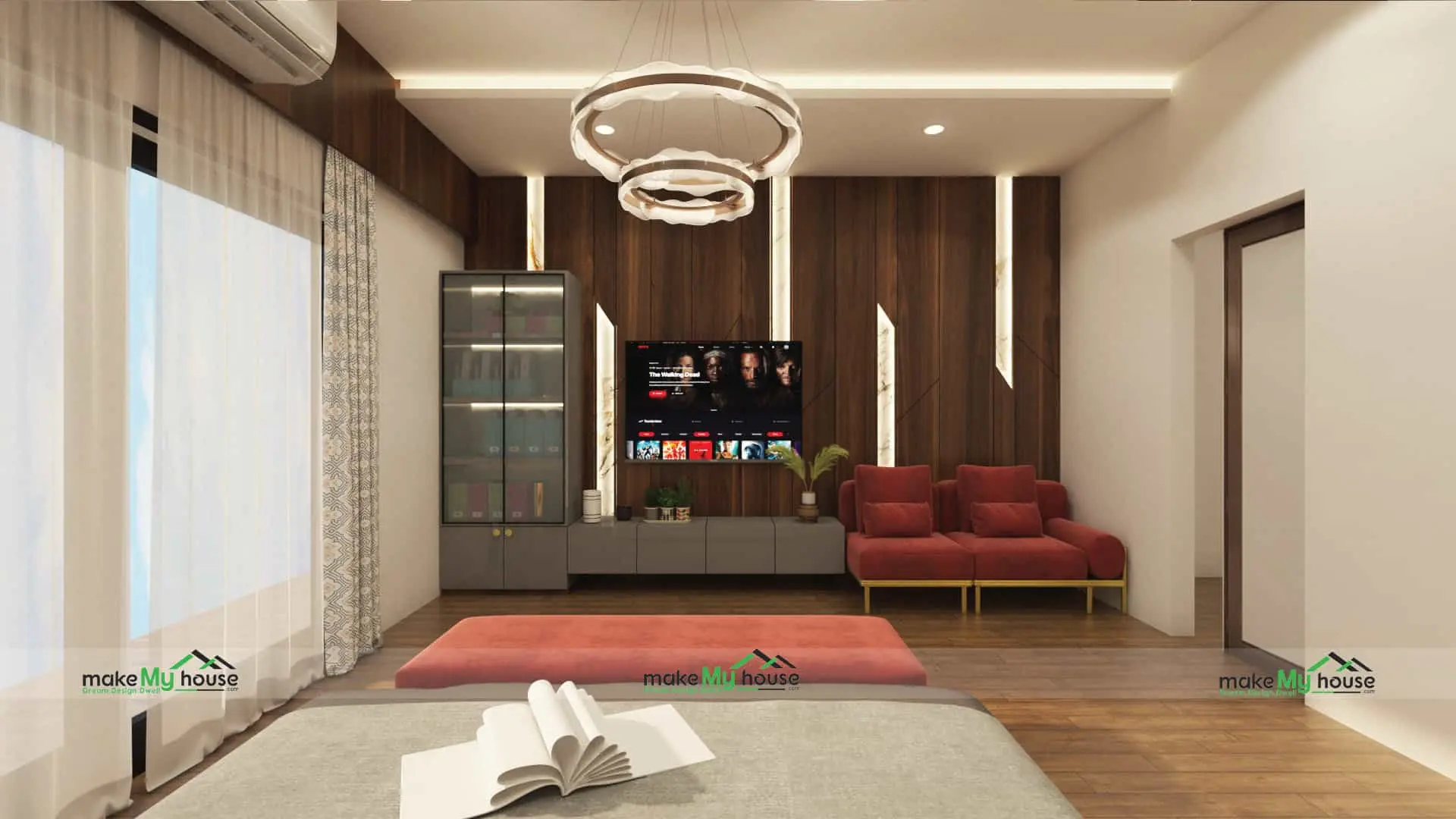
3. Declutter and Edit:
A fundamental principle of minimal interior design is decluttering. Keep only what is essential and meaningful to you. Remove unnecessary items from your space and curate a carefully selected collection of decor and accessories that enhance the overall ambiance.
4. Focus on Quality Over Quantity:
Invest in high-quality furnishings and materials that stand the test of time. Quality craftsmanship not only ensures durability but also contributes to the overall refined and elegant look of the space.
5. Let There Be Light:
Maximize natural light to create an open and airy atmosphere. Large windows, sheer curtains, and strategically placed mirrors can enhance the sense of space and bring a sense of tranquility to your minimal interior design. Natural light helps to visually expand spaces, making rooms feel larger and more inviting. Relying on natural light during the day reduces the need for artificial lighting, eliminating unnecessary fixtures and contributing to energy efficiency.
6. Thoughtful Storage Solutions:
Thoughtful storage solutions play a crucial role in promoting minimalism in modern homes by ensuring that belongings are organized, easily accessible, and purposefully stored. These solutions help prevent mess, encourage mindful consumption, and create a streamlined and serene living environment. Incorporate hidden storage options to maintain a clutter-free environment. Built-in shelves, under-bed storage, and concealed cabinets help keep your belongings organized and out of sight.
7. Art of Minimal Decor:
Choose a few carefully curated decor pieces that resonate with your aesthetic. Consider abstract artwork, sculptural elements, or minimalist photography to add visual interest without overwhelming the space.
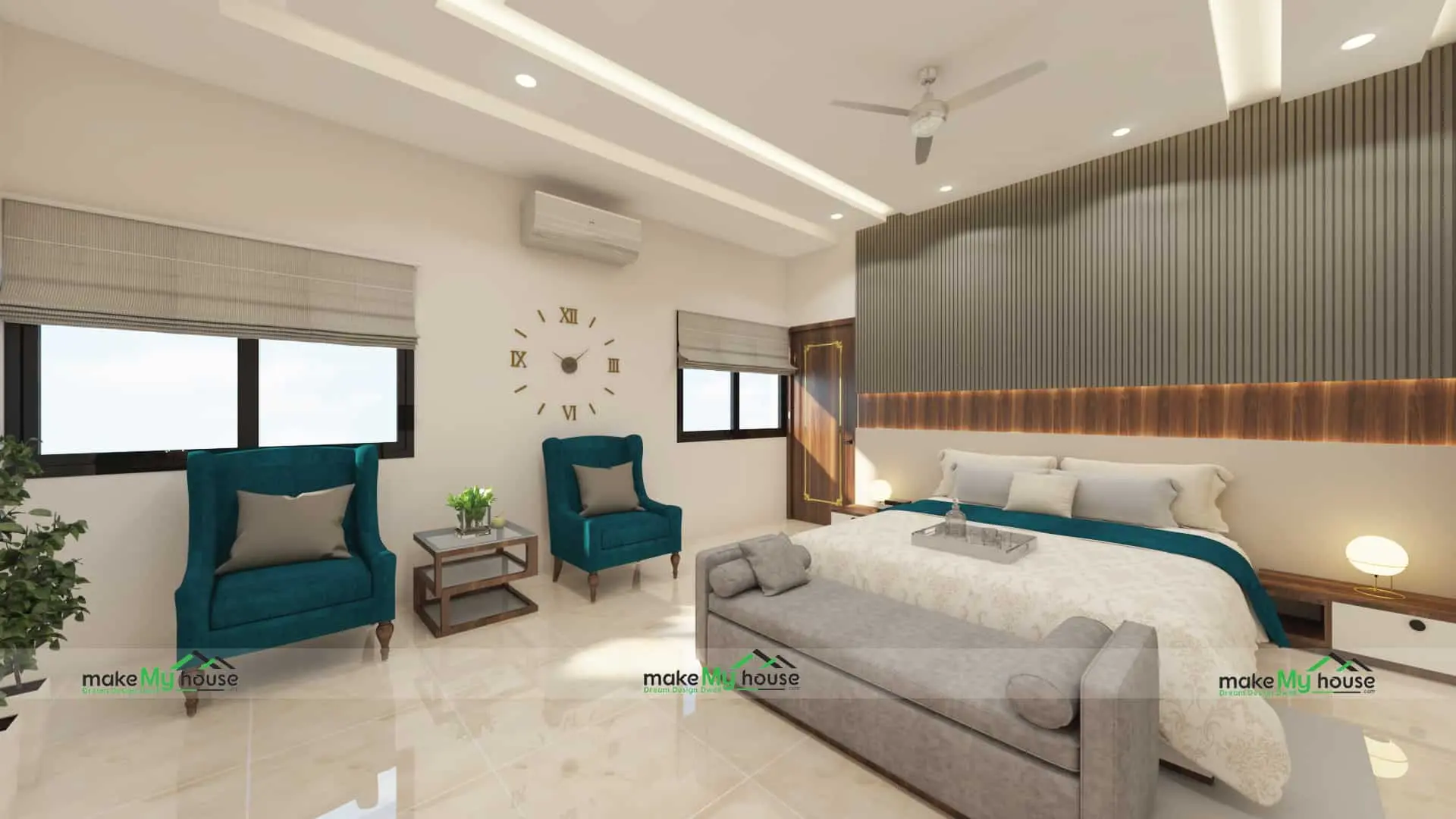
8. Texture and Contrast:
Texture and contrast are powerful design elements in minimal interior design. They can be used to promote minimalism by adding visual interest, depth, and a sense of purpose to the space without resorting to excessive decoration or clutter. Introduce texture through materials like natural wood, stone, or tactile fabrics. Subtle variations in texture and contrast can add depth and warmth to minimal interior design.
9. Open and Flowing Layout:
An open and flowing layout can significantly promote minimalism in modern homes by embodying the core principles of simplicity, functionality, and decluttering. This type of layout eliminates unnecessary walls and partitions which obstruct the flow of energy, creating a sense of spaciousness and allowing for a more streamlined and organized living environment.
10. Natural Elements:
Incorporate natural elements such as indoor plants or a small indoor garden to infuse life and vitality into minimal interior design. Plants not only enhance air quality but also create a serene connection to nature. The use of natural materials, textures, and colors can evoke a sense of calmness and serenity, while also encouraging a decluttered and purposeful living environment.
Creating Timeless Elegance:
Designing minimal interior design for modern houses is an art that requires careful consideration and a discerning eye. By embracing the essence of minimalism, you’re not just crafting a living space; you’re curating an environment that fosters mindfulness, appreciation for simplicity, and an enduring sense of elegance. With each element thoughtfully chosen and each detail purposefully placed, your minimal interiors will stand as a testament to the beauty of less and the power of mindful design.
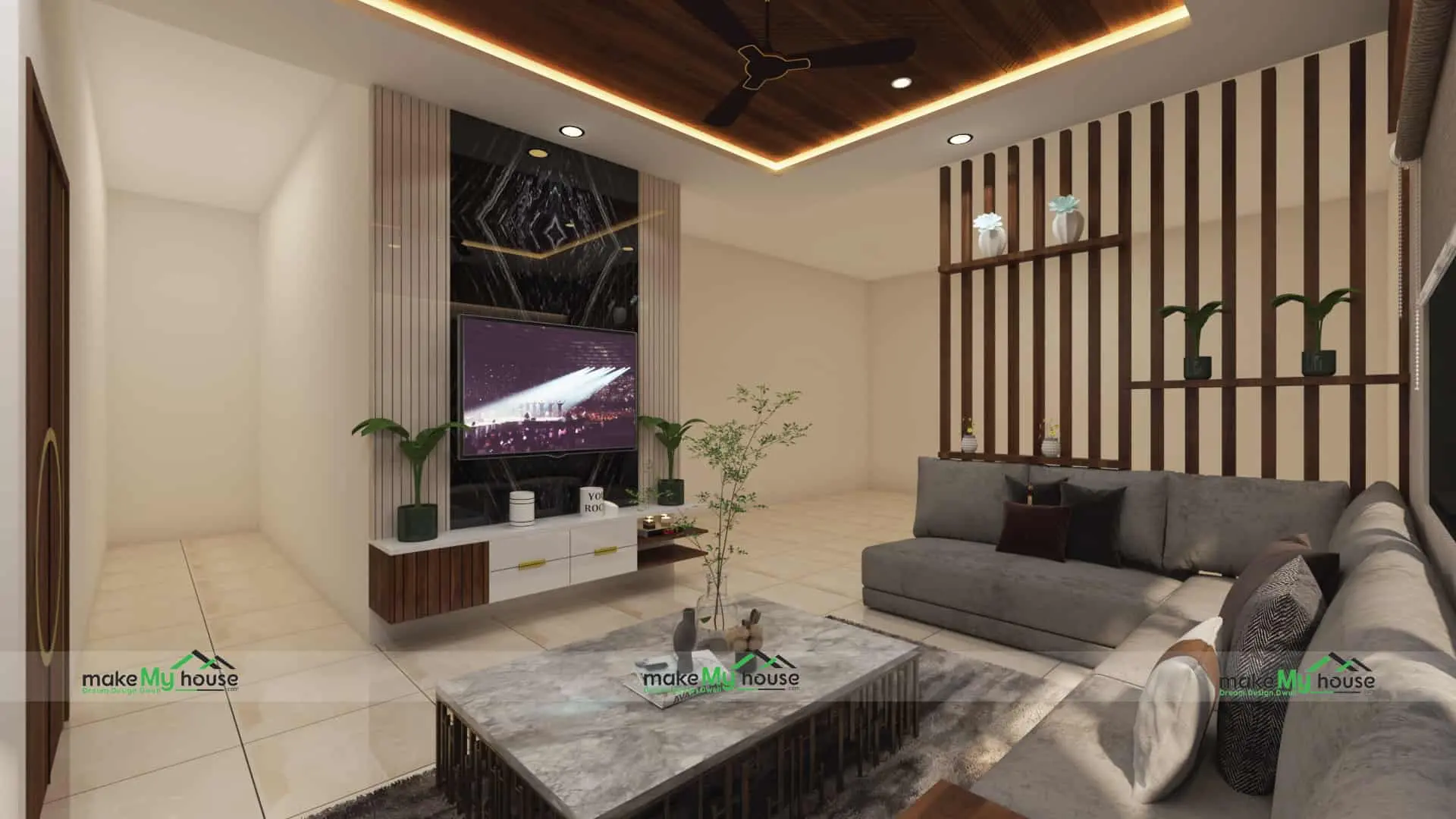
Frequently Asked Questions about Minimal Interior Design
Q: What are the key principles of minimal interior design?
A: The key principles of minimal interior design include using a neutral color palette, opting for functional furniture, embracing clean lines, maximizing negative space, and prioritizing quality over quantity.
Q: Is minimal interior design only about aesthetics?
A: No, minimal interior design goes beyond aesthetics. It encourages a lifestyle of simplicity and mindful living, promoting spaces that are both visually appealing and functional.
Q: How do I choose colors for a minimalist interior?
A: Choose a neutral color palette for walls, floors, and larger furniture pieces. You can add subtle pops of color through accents like cushions, artwork, or decorative objects.
Q: How do I create warmth in a minimal interior?
A: Add warmth to a minimal interior by incorporating natural materials like wood and stone. Use textiles such as rugs, cushions, and throws to introduce texture and coziness.
Q: Can I use patterns in minimal interior design?
A: Yes, patterns can be used in minimal interior design, but they should be kept simple and subtle. Geometric patterns or monochromatic prints can add visual interest without overwhelming the space.







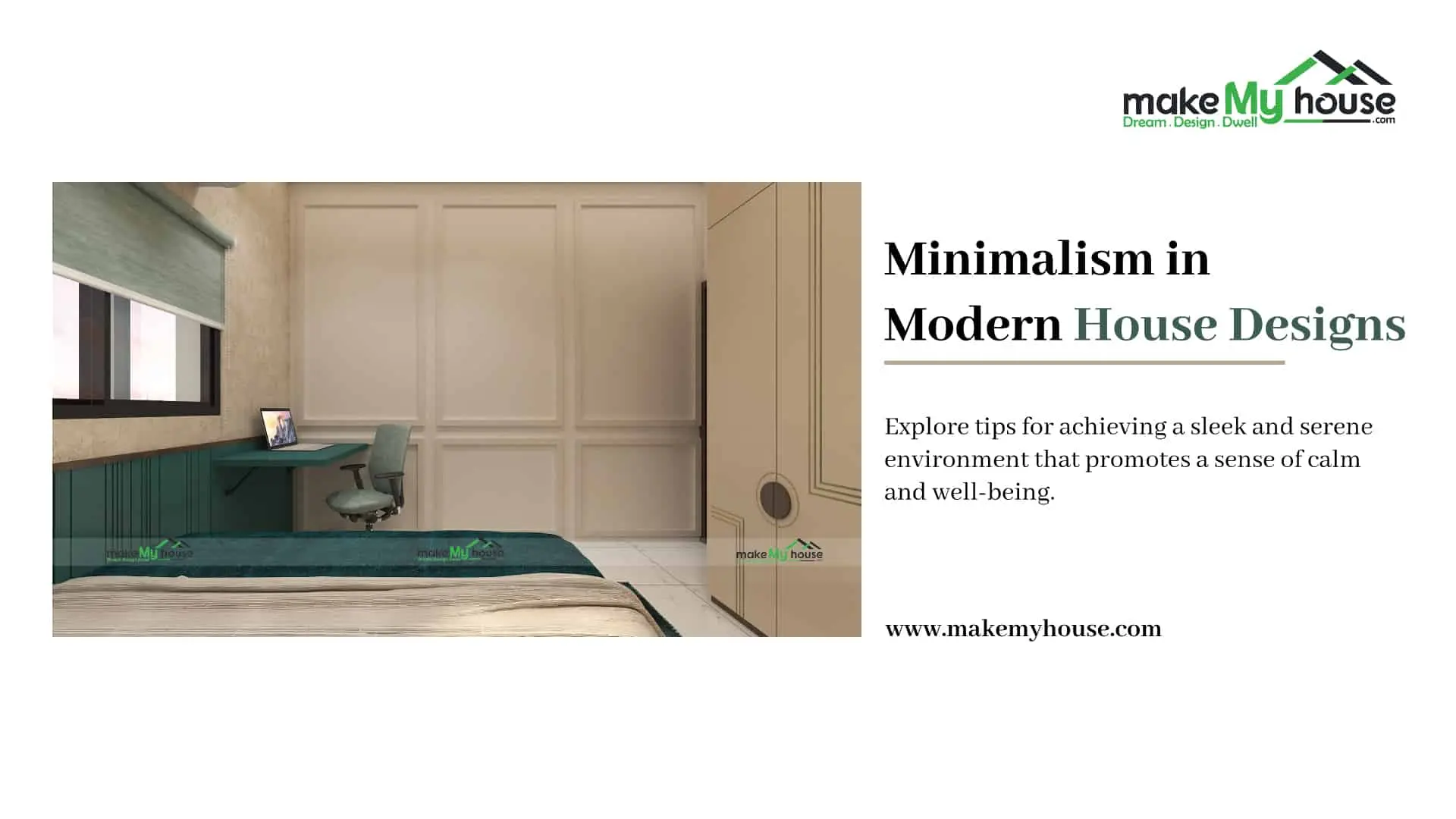
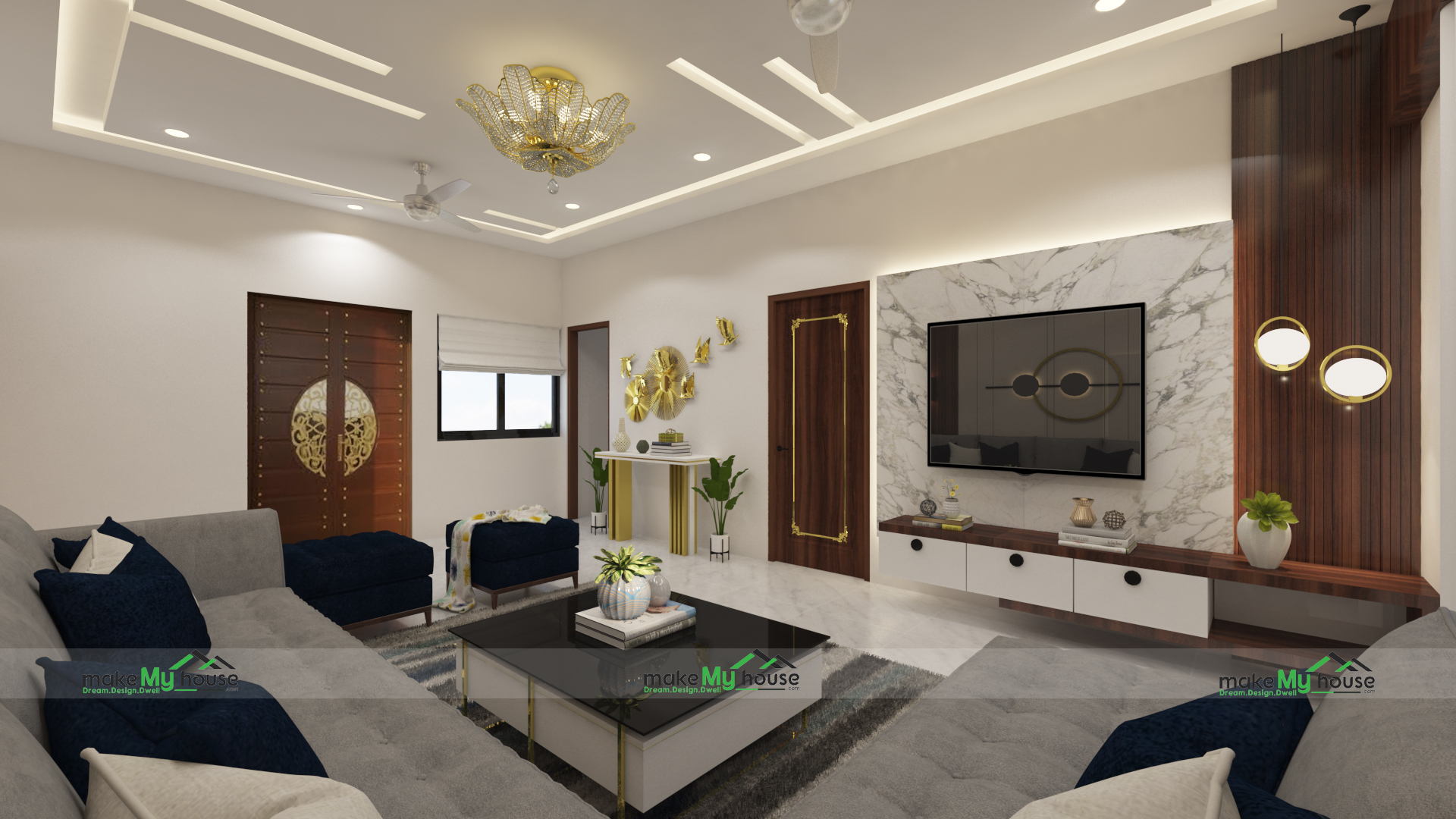
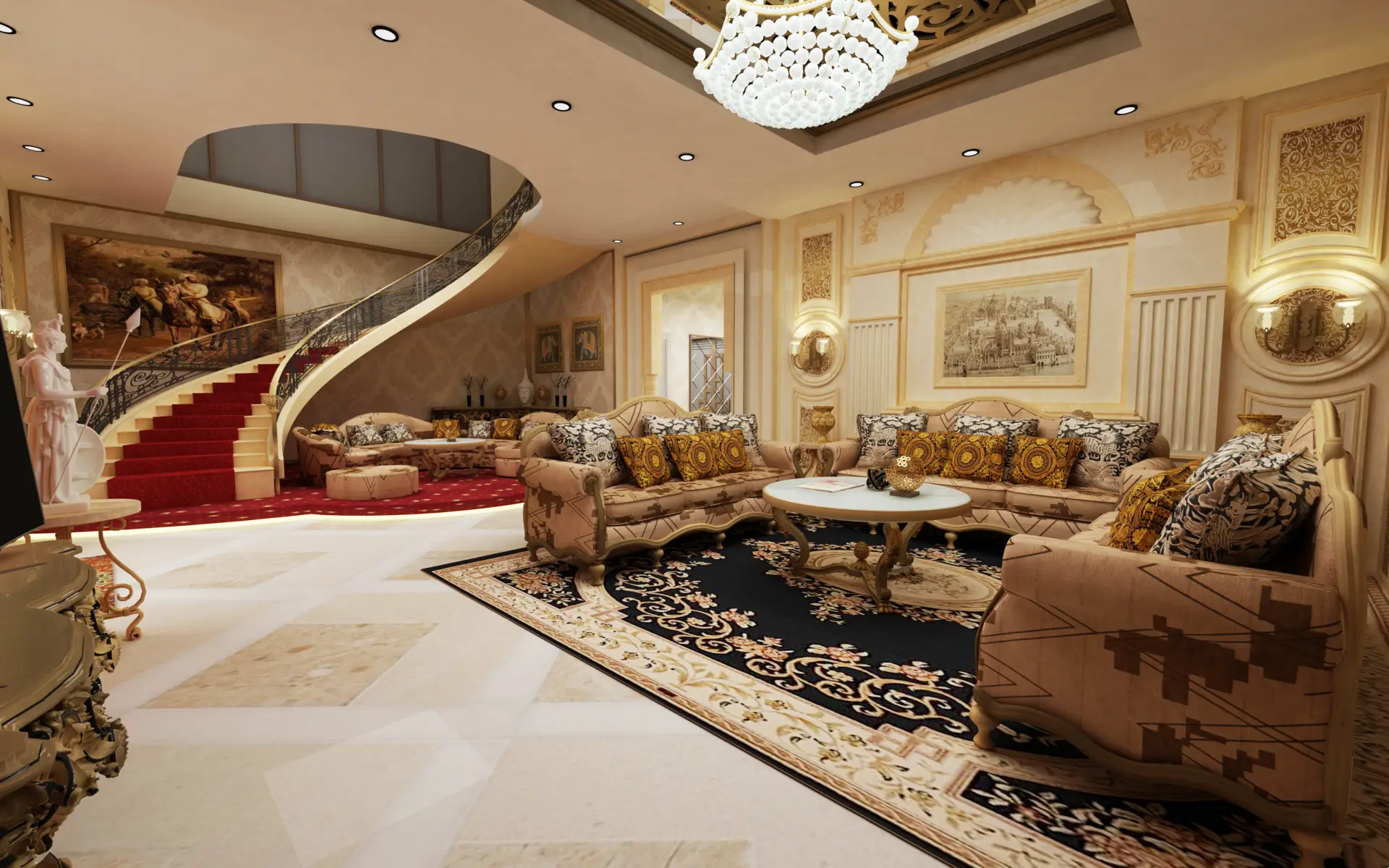
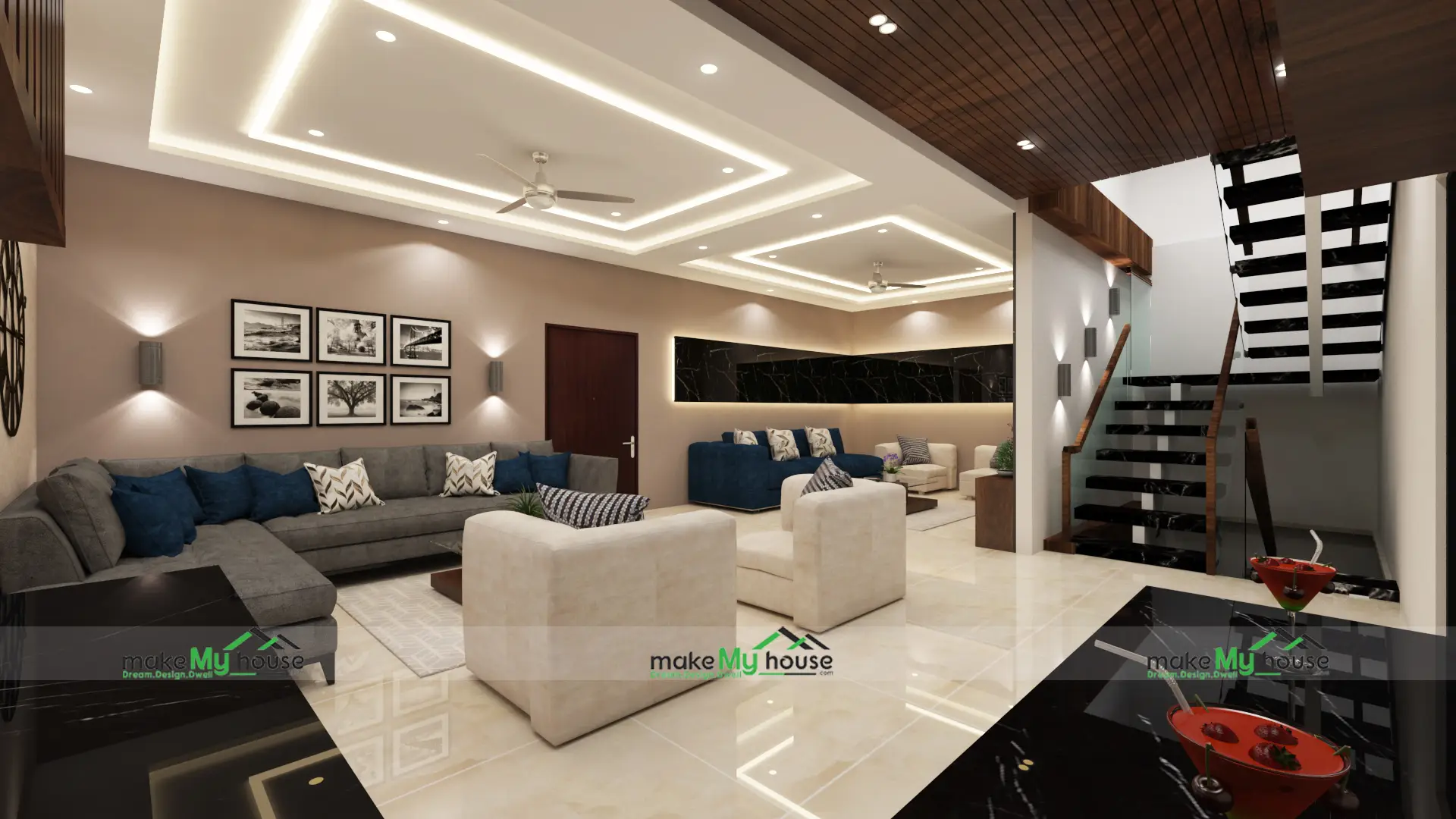
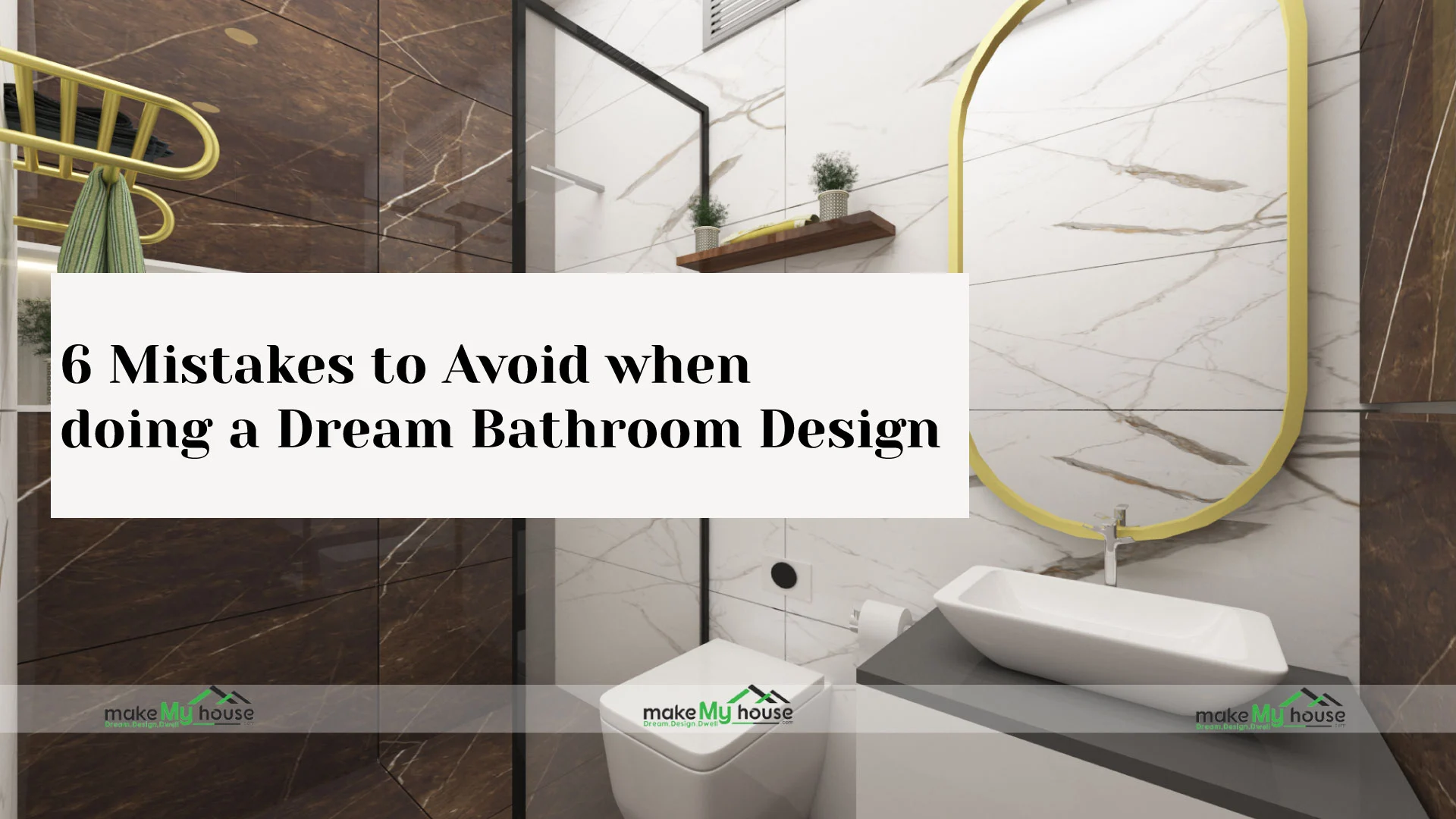
One thought on “A Guide to Creating a Modern Minimalist Décor”